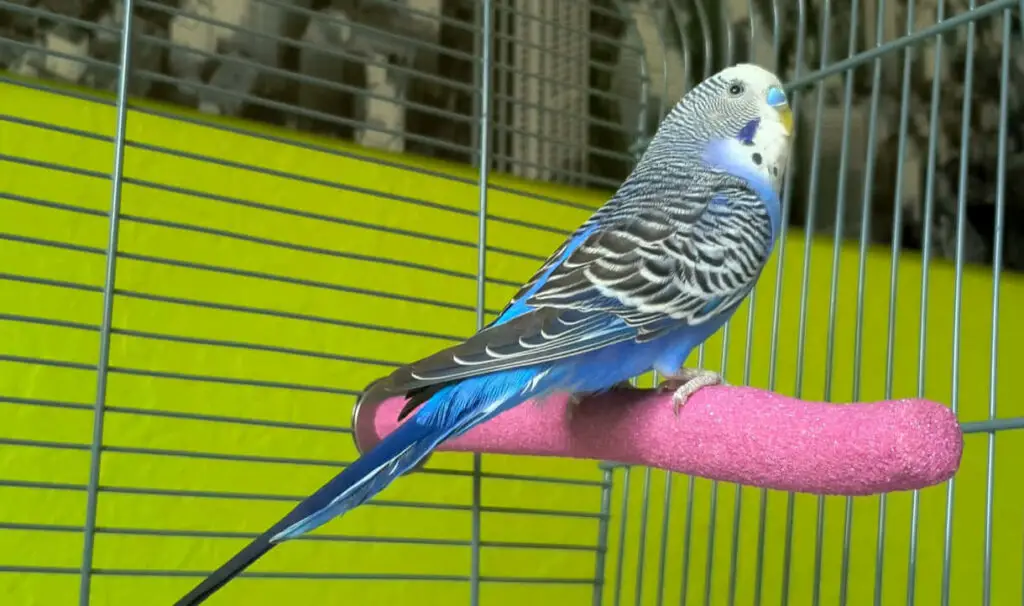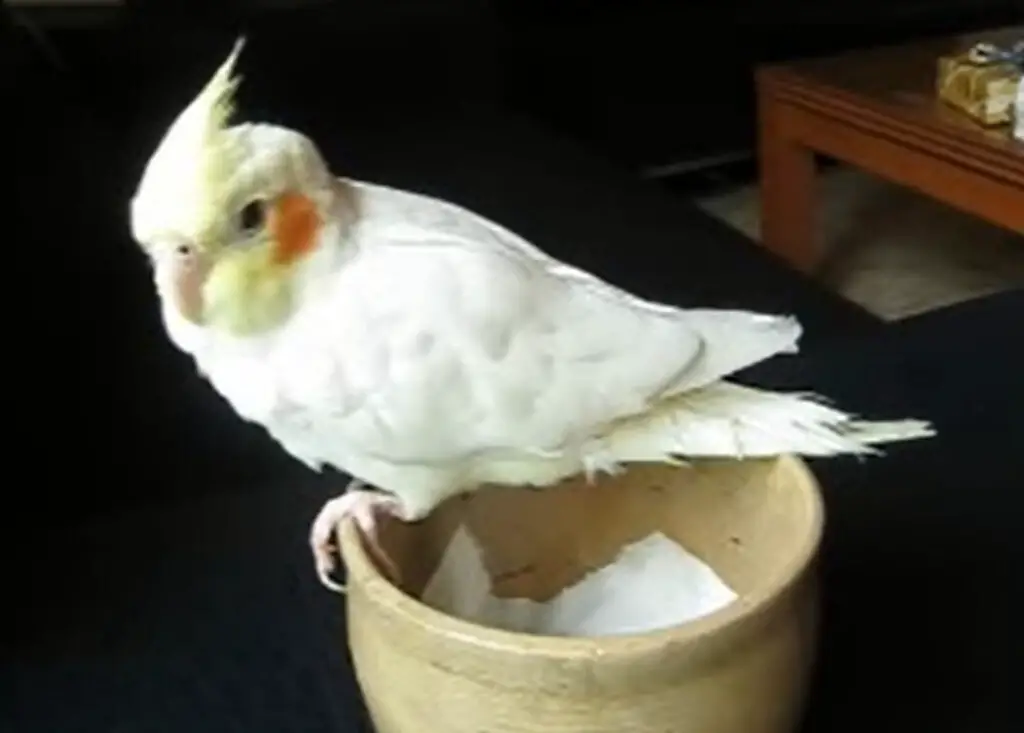We have heard a few people ask, “Why is my parakeet’s nose red?”
A parakeet’s cere or that piece of flesh covering the top portion of the beak is not usually red. Yet, it can obtain this color because of certain reasons.
In some cases, it may be due to some ailments such as scaly face mites. But other worse conditions include arsenic poisoning or even testicular tumors, especially in male parakeets.
If you are unsure why your parakeet’s nose is turning red, keep reading to learn more about it. Here are some of the common reasons behind this symptom and what you can do about it.

Why Is My Parakeet’s Nose Red?
As we have mentioned earlier, the cere is the fleshy portion covering the top part of your parakeet’s beak. It is basically the nose containing your pet’s nostrils.
But at the same time, it does not have any impact on the bird’s sense of smell. It is only a determiner of the maturity level, sex, and the health of your pet.
In some instances, the cere may change in color during the onset of the mating season in these birds. But it can also occur because of a vitamin D deficiency, toxicity, stress, and testicular tumors, with the latter happening in male parakeets.
When your bird has a blue cere, it means that your parakeet is male. But at the same time, it can happen because of mutation or a hormone imbalance.
Overall, parakeets are born with a light pink cere. But this may also turn into other colors such as white or blue. As time goes by, the color will change. There is no particular time when this may happen, and it can occur later or earlier with other birds.
With male parakeets, the cere will turn from pink to violet due to certain mutations such as with albino budgies, lacewing budgies, and the recessive pied budgies. The cere’s color is a determiner of the bird’s gender.
Now, if you notice that the cere is turning red or brown, it is typically normal if you have a female parakeet. But in the case of a male parakeet, it means there is a kind of illness or disorder present.
However, if it is crusty and red, this occurs when the mating season is happening. Over time, the color will return to its usual hue. What this means is that the female parakeet’s cere turns red or brown when it has reached maturity.
However, there may be other reasons for the cere to turn red and crusty, outside of the maturity or mating season. It may be a sign of an illness, which is why it is best to have this symptom checked by a vet.
For instance, hyperkeratosis may be present, which is determined by a thicker outer skin layer. This occurs when there is an excess of keratin in your parakeet. As a result, the nose may turn red and crusty.
But at the same time, there are other reasons for this condition. Poor health is one of the reasons behind a red nose among parakeets. When your bird suffers from a vitamin A deficiency, the nose turns red, as well.
Vitamin A deficiency in birds happens because of a poor diet. When birds eat a lot of seeds and lack certain nutrients, the nose may turn red or brown. Moreover, it can happen because of arsenic poisoning, a condition that occurs when arsenic is ingested from the water, foods, or the ground.
With this in mind, it is best to seek prompt medical assistance when such condition is suspected. Otherwise, your bird may go through labored breathing, which can be bad news for your pet.
When hyperkeratosis is detected, your vet will run some tests to diagnose this issue. Then, excess keratin will be removed while at the same time prescribing a better diet that has ample minerals and vitamins. Sometimes, calcium and vitamin supplements may be recommended by your vet, as well.
But if the issue is scaly face mites, then the face will be treated to prevent further issues from occurring. An antiparasitic may be prescribed, and the treatment can go for about 3 or even 4 weeks.
Now, with male parakeets, brown or red ceres means something serious is happening. It can be a sign of a testicular tumor, which can require further medical procedures.
Read More: Cockatiel Breathing Heavy – Why This Happens
Conclusion
Overall, a parakeet’s nose that is turning red may be a normal occurrence such as during the mating season or as a sign of maturity in these birds. But there are certain diseases that may cause the nose to turn red, which is why it is best to consult your vet for further diagnosis and the best treatment to this symptom.

